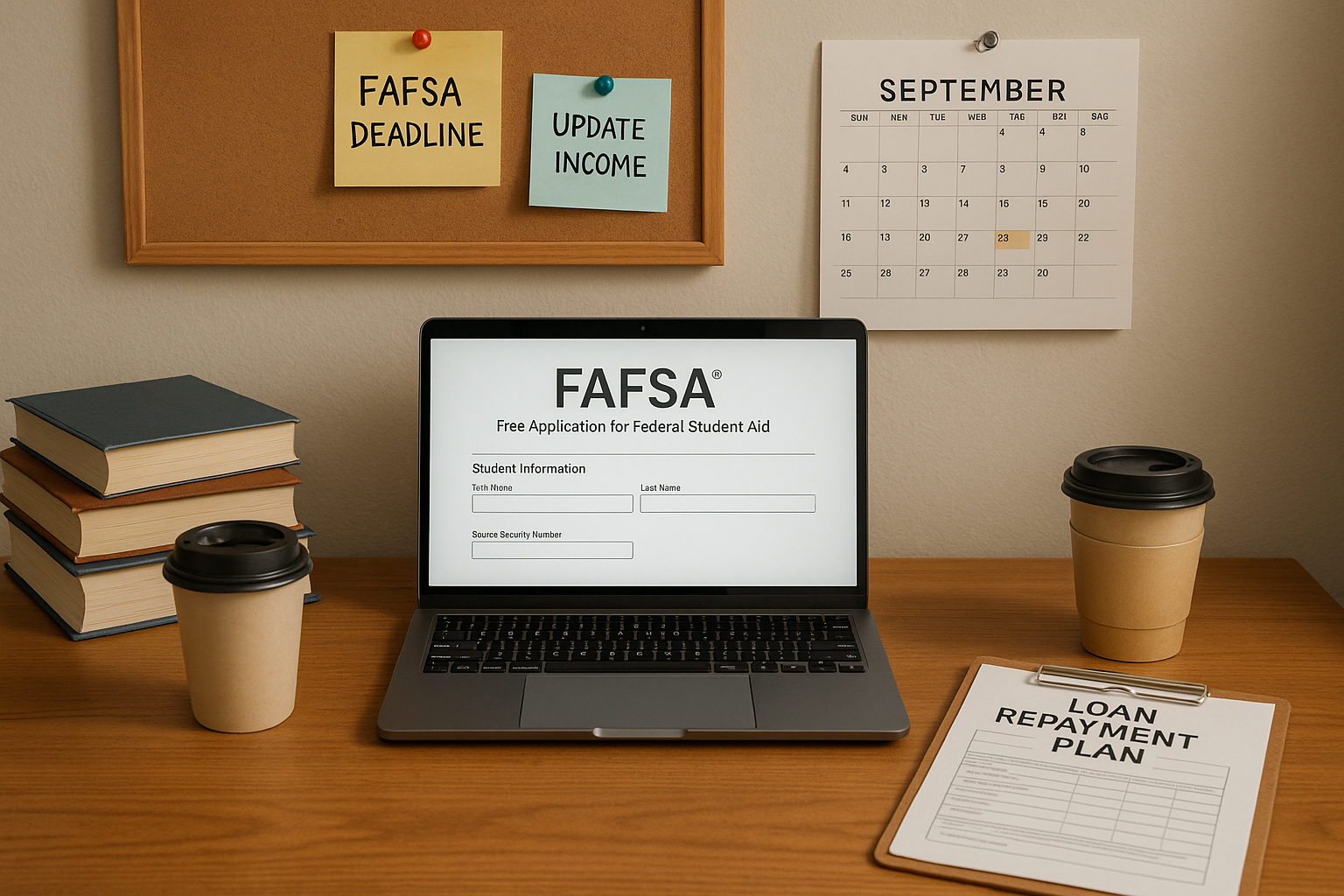
Buying a home isn’t just a financial goal; for many of us, it’s a foundational piece of the American Dream. A way to build generational wealth and secure a future for our familia. As young Latinos in the U.S. who are just starting our professional journeys and learning to manage our money, the path to homeownership can feel overwhelming.
But we have an incredible advantage: our economic power is undeniable. The U.S. Latino homeownership rate has been growing faster than any other demographic group for the past several years, adding 1.5 million homeowners in the last decade alone (National Association of Hispanic Real Estate Professionals (NAHREP) 2023 State of Hispanic Homeownership Report). This isn’t just luck; it’s a testament to our drive and hard work.
Converting that drive into a set of keys requires solid financial preparation. This guide will help you lay the groundwork, keeping our unique position in the U.S. financial landscape in mind.
Step 1: Get Real About Your Current Finances
Before you start scrolling through listings, we need a clear, honest look at where our money is right now. This is the foundation of the whole process.
Know Your Credit Score
Your credit score is your financial report card, and it dictates the interest rate you’ll pay on a mortgage, which can save or cost you tens of thousands of dollars over the life of the loan.
- Check It Right: Obtain your credit reports from the three major bureaus (Experian, Equifax, and TransUnion) annually. Look for errors and dispute anything incorrect immediately.
- The Power of Good Credit: While the average Latino credit score has been trending upward, it still lags slightly behind the national average. A higher score gives you more leverage. Focus on paying down high-interest debt and always paying bills on time.
- Keep Your Utilization Low: Lenders like to see you using less than 30% of your available credit limit. The lower, the better.
Create a Future-Focused Budget
Your current budget needs to transform into a homeowner’s budget.
- The 28/36 Rule: Many lenders use this. Your total housing payment (principal, interest, taxes, and insurance, or PITI) shouldn’t exceed 28% of your gross monthly income, and your total debt (including housing) shouldn’t exceed 36%. Use an online calculator to estimate a comfortable monthly payment.
- Look Beyond the Mortgage: Remember that owning a home comes with costs the original article mentioned: property taxes, insurance, and maintenance. Many first-time buyers underestimate how much these add up. We need to budget for them now.
Step 2: Saving for the Big Check
Saving for a down payment and closing costs is often the biggest hurdle, especially for our community. Did you know that 33% of Hispanic/Latino households have $5,000 or less in emergency savings, compared to 20% of non-Hispanic white households (Federal Reserve’s Survey of Household Economics and Decisionmaking, 2023)? This highlights why a disciplined savings plan is crucial for us.
- The Down Payment Target: While 20% avoids Private Mortgage Insurance (PMI), many first-time buyer programs require as little as 3-5%. Research what 5% or 10% looks like for homes in your area and set that as your goal.
- Closing Costs are Crucial: These are fees for the loan, title insurance, appraisal, etc., and typically run 2-5% of the home’s price. You must save for these, too.
- Automate Our Savings: Treat your savings goal like any other bill. Set up automatic transfers to a dedicated, separate savings account the day you get paid. If you don’t see the money, you won’t miss it.
- Boost Your Fondo: Challenge yourself to cut back on a few non-essential expenses or find a way to bring in extra income for a short time (a side hustle, selling unused items). Every extra dollar goes straight to the down payment fund.
Step 3: Finding the Right Mortgage Fit
The mortgage is the vehicle for homeownership. Understanding the options will ensure you choose one that best fits our financial reality.
| Mortgage Type | What It Is | Who It’s Good For |
| Conventional Fixed-Rate | The interest rate and monthly payments stay the same for the entire loan term (usually 15 or 30 years). | Buyers with excellent credit, a solid down payment (20% to avoid PMI), and those who value stability. |
| FHA Loans | Backed by the Federal Housing Administration. They require a lower down payment (as little as 3.5%) and allow lower credit scores. | Excellent for first-time buyers, especially within our community, who may have less savings or a newer credit history. Note: They require mortgage insurance premiums. |
| VA Loans | Guaranteed by the Department of Veterans Affairs. Offer competitive rates and often require no down payment. | Veterans and active-duty service members. A powerful benefit if you or your spouse qualifies. |
| Adjustable-Rate Mortgages (ARMs) | The interest rate starts low for a few years and then adjusts periodically. | Buyers who plan to move or refinance before the introductory fixed period ends. Use caution—the rate can increase significantly. |
Final Thoughts
Familia, we are on the rise. We are changing the face of the U.S. economy, and our place in the housing market is getting stronger every year. Don’t let the complexity of the process intimidate you. By using our financial power, disciplined saving, and understanding the American mortgage system, we can confidently move from renting to owning. We’ve got this.
👉 Ask Gabi anything, anytime.
Stay tuned! We got you!








